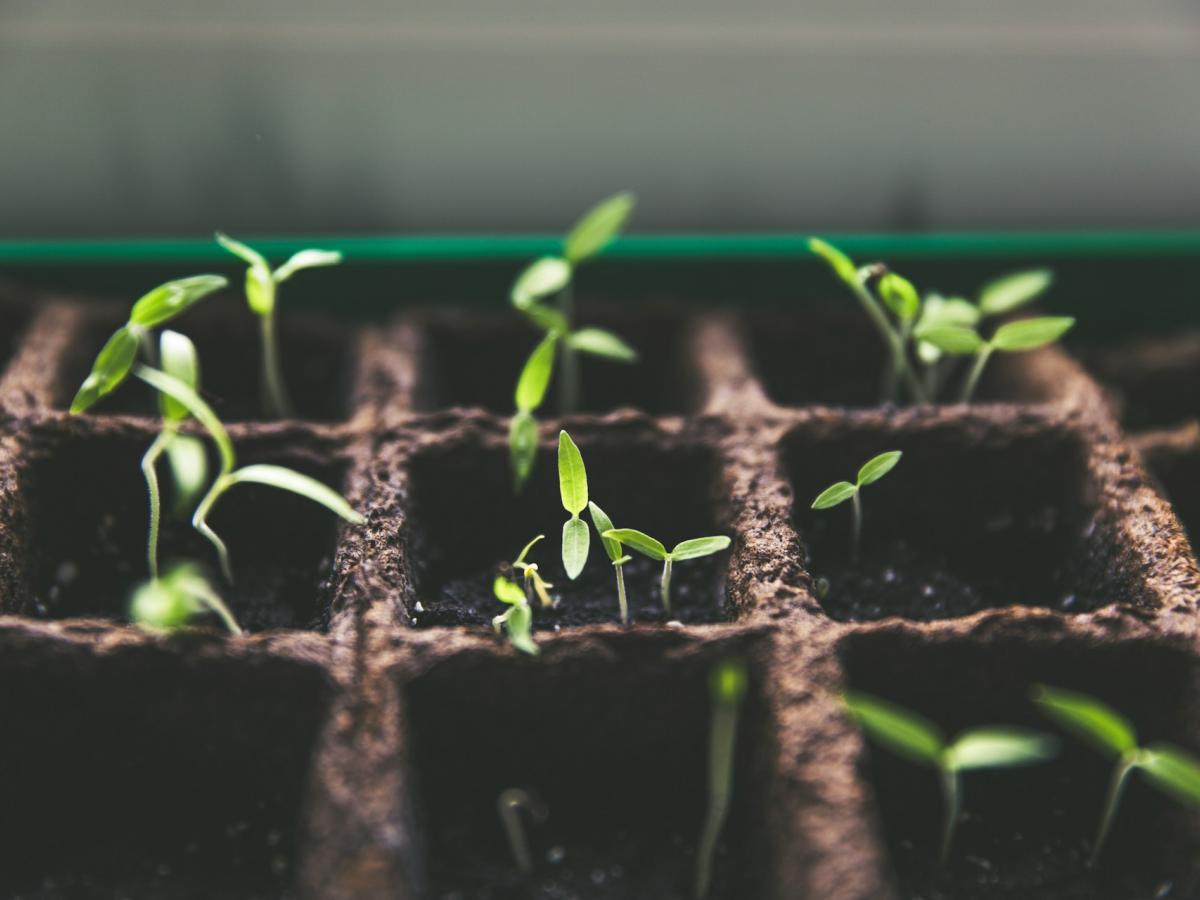Significant slowdown in economy amidst weak spending

The South Australian economy has lost momentum over the past six months with key economic indicators showing weaker trends, according to economists from the University of Adelaide’s SA Centre for Economic Studies (SACES).
Weak household incomes and consumer spending, a drop in business investment, and declining employment levels are the central causes of the slowdown, according to the latest SACES Economic Briefing report.
This trend reflects a return to more sustainable spending patterns following the post-pandemic surge in spending and population, as well as ongoing cost of living pressures and high interest rates.
There are also positive signs, such as the unemployment rate, which remains low by longer-term historical standards, and job vacancies are still quite strong. Forward indicators suggest this trend will persist into the second half of 2024.
Other key findings from Economic Briefing Report include:
- Challenging external environment: Economic growth is slow for the global and Australian economies, but they have so far avoided recessions and the outlook is for continuing modest growth.
- Weaker private sector spending in South Australia: Household consumption has slowed significantly, and business investment has contracted over recent quarters. Dwelling investment has shown moderate growth over the past year and construction costs appear now to be stabilising.
- Household incomes stabilising: With inflation subsiding and wage growth picking up, recent real household disposable incomes are now stabilising after previous declines. However, sustained improvements in labour productivity are needed to restore growth in real incomes.
- Impact of Stage 3 tax cuts: The revised tax cuts will provide a boost to gross disposable incomes but won’t entirely reverse the substantial loss of purchasing power recently experienced by households.
- Labour market cooling: Despite a low and stable unemployment rate, total employment in South Australia in May was down 1.2 per cent from its peak in October 2023, while the labour force participation rate fell by a sizeable 1.7 percentage points through the year.
- Housing shortfall: Not enough homes have been built in SA to accommodate the recent surge in population, and by some measures Adelaide currently has some of the most unaffordable housing in the nation.
- Wine export boost: China’s removal of tariffs on Australian wine will boost exports going forward, but they may not return to their previous levels due to changing Chinese consumer tastes and market conditions.
- Policy risks: Monetary policy – in particular interest rates – is having to do most of the work to bring inflation under control. While there is a need for cost-of-living relief for at least some households, governments need to do more to reduce their deficits.
SACES’ Senior Research Economist, Anthony Kosturjak, says growth in aggregate spending within South Australia slowed to a near standstill over the summer period.
“While exports volumes have grown strongly, imports have risen even more, detracting from growth,” Kosturjak says.
“Household disposable incomes remain weak, and households have consequently significantly reduced their savings and reined in their discretionary spending. Almost all of the growth in consumer spending in South Australia over the past nine months came in respect of essential goods and services.”
Mr Kosturjak says monetary policy is expected to continue dampening economic activity.
“Underlying inflation remains well above the Reserve Bank’s target range, and low unemployment is likely to keep upward pressure on wages. We anticipate that cash rates will remain at current levels through 2024, with potential minor downward adjustments commencing during the first half of 2025,” he says.
The full Economic Briefing Report has been distributed to SACES Corporate Members. An update will be presented at our next luncheon on 30 August, featuring Dr. Steven Kennedy, Secretary to the Australian Treasury.
